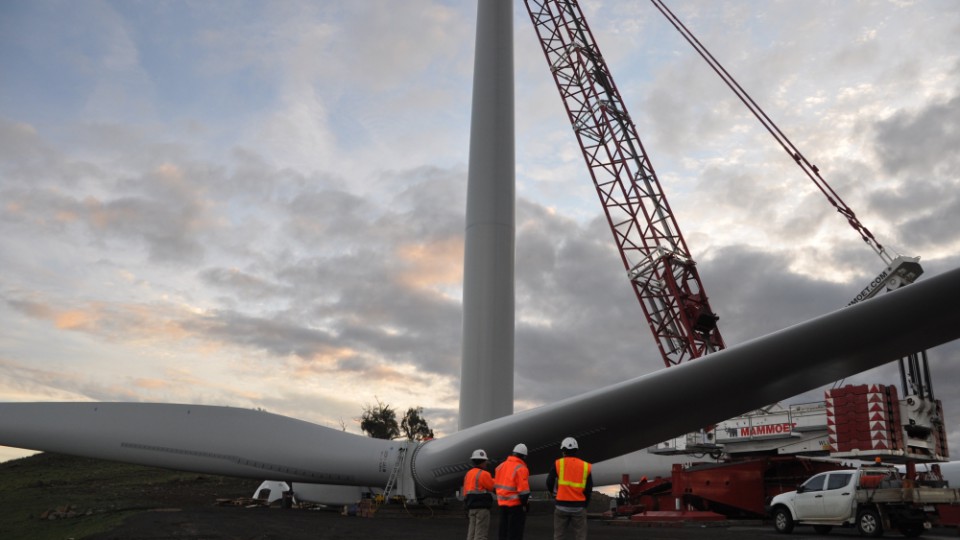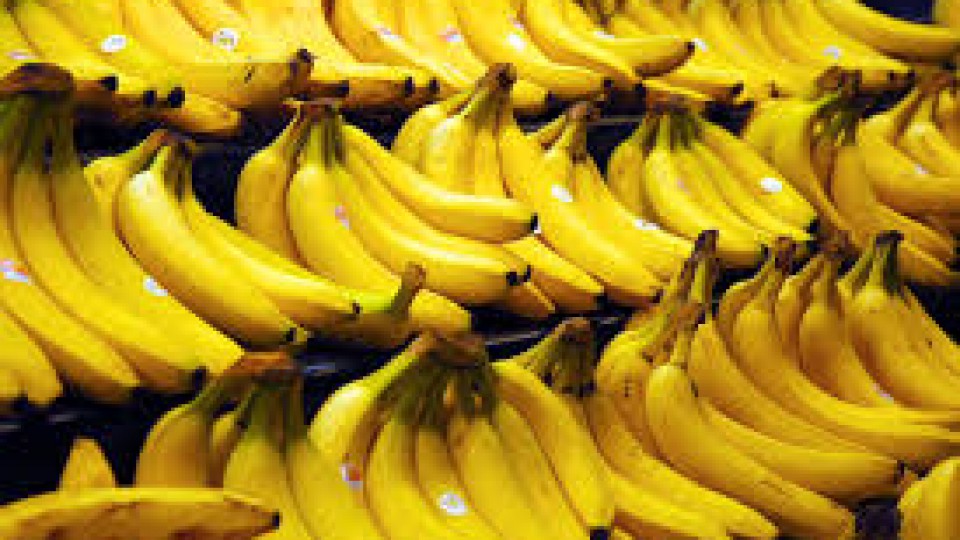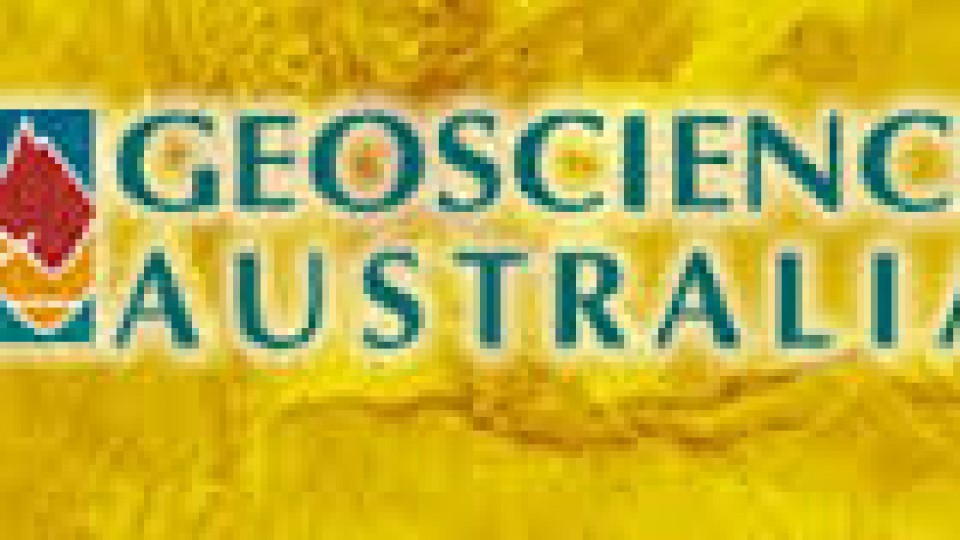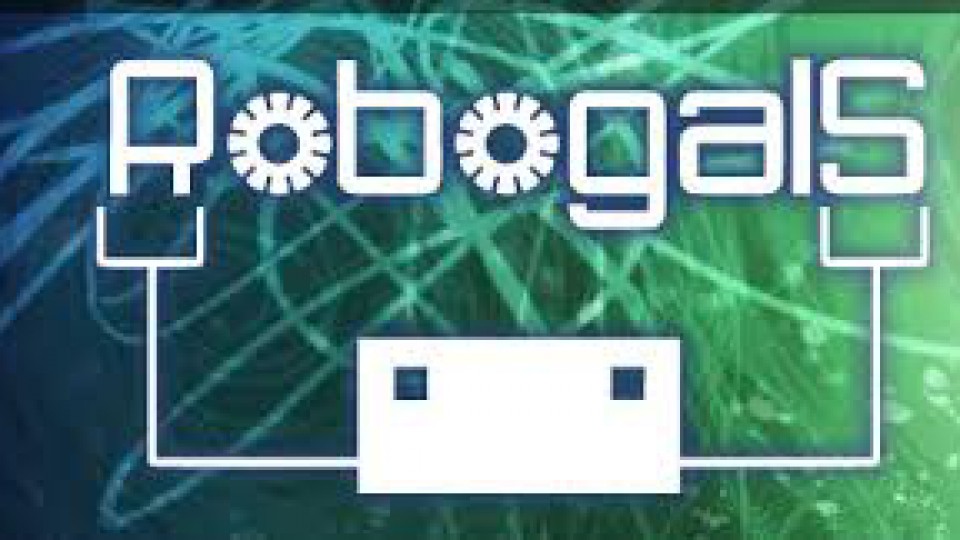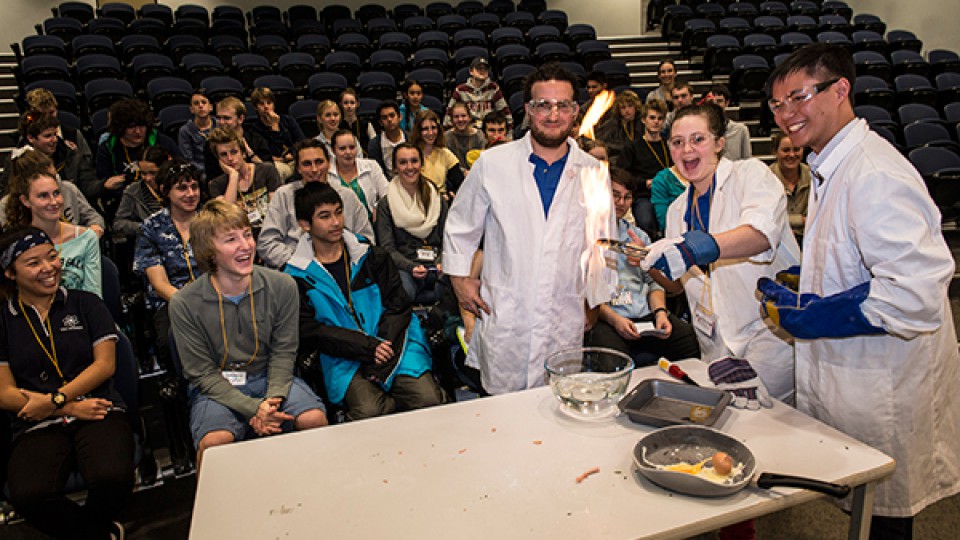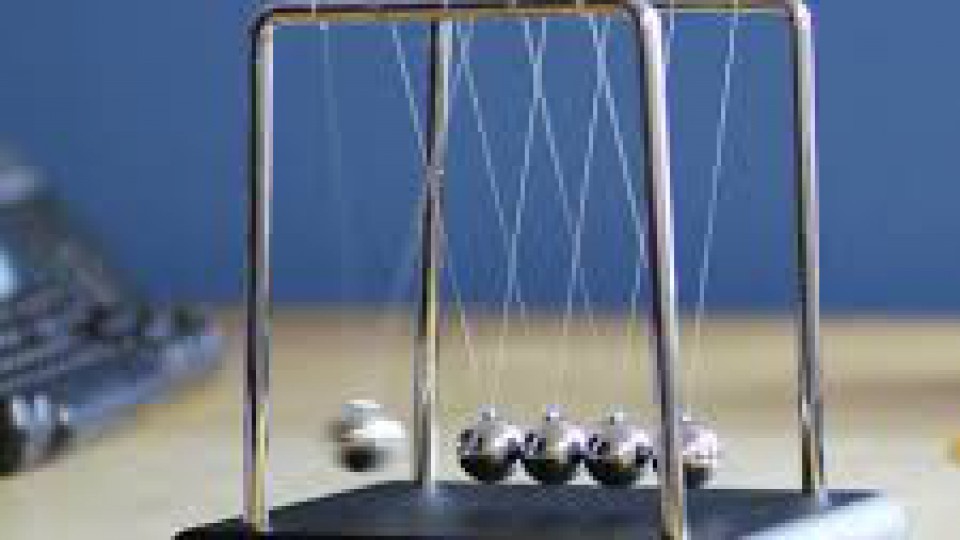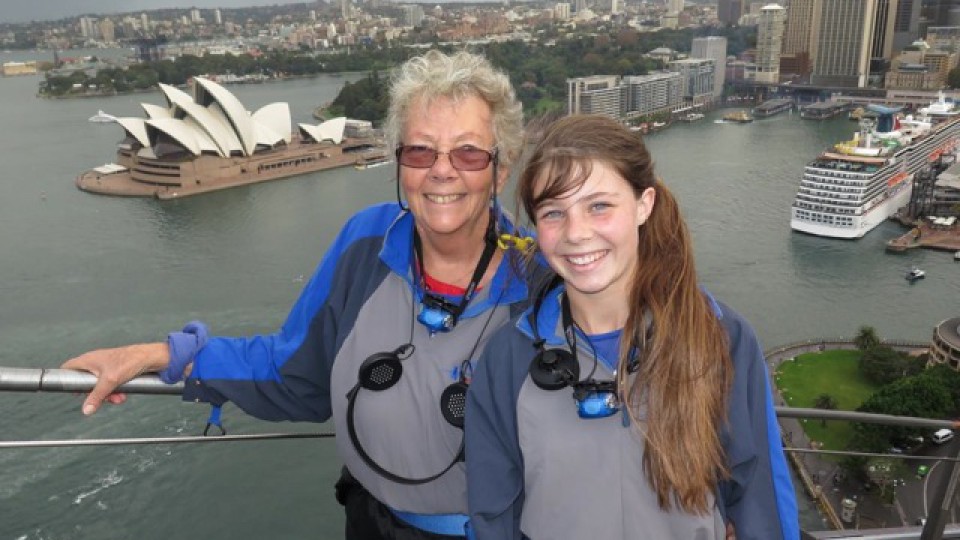By Lachlan:
On Tuesday, the 20th of January, I made the journey to Wollongong for a two day course in industrial robotics at the University of Wollongong. There were various learning labs available (forty to be exact), from creative writing to running a business. We were told to meet at the Hope Theatre on the first day, to be issued our name tags and were shown our seats in the auditorium. The founder of the learning labs gave a speech to welcome and thank us for participating in the program. Then, we split into our separate groups (which were determined by the course we were undertaking) and followed Daniel, our student volunteer through the university to the SMART building. There we met with Andrew and Michael. Andrew was a fourth year mechatronics student and Michael was a fellow who worked at the university. They were both volunteers, who generously gave their time to create and run the workshop. Michael started with a brief introduction and then a history of industrial robotics. The first industrial robot was designed in 1959 powered by hydraulics and it could only move in two degrees of freedom. Robotics developed over the years, gaining more degrees of freedom which allowed the robot to complete more complex tasks. In the 1980’s, the Z shaped robot was created, which could move in 6 degrees of freedom because of the six electric motors which power each axis, which could be extended to 7 if it was mounted on ... Read More
Category: Programs & Events
01
Feb2015
01
Dec2014
By Lachlan Sims:
On the 29th of November, Mum and I were going to Canberra, and along the way we stopped at Nimmitabel to see the Boco Rock Wind Farm. We went for the open day - which was held to gain exposure for the farm and also combat negative beliefs about wind turbines - and there was a free guided bus tour around the location. Mum and I went on the tour and headed towards the forty third (there are 67) wind turbine. The wind turbines were designed in America, constructed in China and Thailand and then shipped to Eden where they were taken by truck to the location. One wind turbine stands at 130 meters (from the ground to the tip of the blade) and we were allowed to enter the turbine and look around. It would have been a monumental construction effort, since the 67 turbines required 280 square meters of concrete, which is about 50 truck loads. But, before they laid the cement, they had to establish 45km of internal roads to connect the turbines. A single blade weighs 9 tonnes and they completed the whole project in just two years! It was actually very interesting and I learnt a lot of facts about wind turbines. There were also a lot of free stuff like drink bottles, food, frisbees, bags and more. It was two hours of my life well spent.
14
Oct2014
By Lachlan:
On the 1st of October, Jade and I went to the ANU campus for the first day of the Conoco Phillips Science Experience. After I wandered through ANU, I finally made it to the elusive physics building. Then I received my nametag and joined the circle around the Greg Lane, the ACT director of Conoco Phillips and our guide. He gave a brief introduction and then Patrick Helean from Questacon began his demonstration. He showed us many experiments that used household materials, such as milo tins, aluminium foil, liquid nitrogen… Personally my favourite demonstration was when he half-filled a juice bottle with liquid nitrogen and then put a large uninflated balloon over lid. As the liquid nitrogen changed into gas, it rose and thus filled the balloon. The balloon expanded until it broke and released an explosion equivalent to a sonic boom. After that we went into the Physics building, broke into groups and completed many different experiments, from identifying gamma rays in the lab, to spectroscopy and we used a Bell telephone. The Bell telephone can transmit sounds, such as music and voice like sounds, but clear speech cannot be heard.
A few hours later, we left building 38 and went to the Biology Teaching and Learning Centre, where we immediately ushered into lab coats and given our task. A murder had been committed! Was it suspect x, the husband? Suspect y, the next door neighbour? Or was it suspect z, the pizza delivery man? We ... Read More
14
Oct2014
By Lachlan:
The next day, we had to be dropped off at the National Dinosaur Museum, where we received a private tour of the facility. First impressions, for me at least, were bleak, but I was pleasantly surprised when the tour turned out to be a lot more interesting than I expected. For example, a dinosaur in Australia was found that had an extremely long neck, large body and a small head (the size of a horse’s). It was a herbivore and swallowed its food whole. So to actually congest the food, the dinosaur would swallow rocks and when it walked, the rocks would grind and mash the plants to gain the nutrients. Scientists have discovered this from the smooth rocks found in fossilised coprolite. Afterwards, we went downstairs and got to sift through small containers of sand from an archaeological site, searching for fossils. There were quite a few small specimens, such as shards of bones and fossilised twigs, but some people – like me – found whole vertebrae and teeth.
We left the National Dinosaur Museum enriched with new knowledge and took a bus back to ANU to visit some palaeontologists. These scientists discovered a missing link from the transition from sea to land. Where did they find it? In the red rocks of Eden, of course! So far they have only extracted the head of the monstrosity, but sadly cannot get the whole fish, because the red rock further down hasn’t been exposed the rain ... Read More
13
Oct2014
By Lachlan:
On the third and final day (10th of October) , we again arrived at outside building 38 and once everyone had arrived, we went into the lecture theatre, to listen to (and watch) a laser demonstration. It was hosted by Professor Hans Bachor and Patrick Helean. It was an informative talk and had some cool demonstrations, such as demonstrating how lasers are used in optic surgery. They did this by having one large balloon, representing the eye, and a smaller balloon inside the eye, representing a tumour or cancer. Then, they used the laser to pop the balloon inside and leave the eye unscathed. Next on the agenda, was a visit to the engineering department, where we meet three of the RoboGals engineering students who were volunteering their time. RoboGals is a not for profit organisation, that is trying to increase the number of participation in females in the fields of science, engineering and technology. We broke into pairs or threes and were assigned a robot per group. We then used basic programming software to give instructions to the robot. We then were assigned a task, to make the robot follow a line of masking tape on the ground. We could achieve this by using sensors or voice commands. It involved a huge amount of trial and error to complete just this simple task, and personally, my partner and I, were not very serious or good. However the second task, we actually tried (more than last time) ... Read More
13
Oct2014
By Louise Stewart:
During the winter school holidays, I went to a three day science experience at Wollongong University with a group of 40 people and was exposed to a broad range of sciences.
On the first day we were put into smaller groups of eight kids and played many ice breaker games. Afterwards we saw a fabulous science show (picture above) and then listened to a lecture about nursing, medical and health science with some exciting hands on experiments. More experiments were done in earth and environmental science before the day ended.
Friendships were easily made with the small groups and made the whole experience much more enjoyable. During the second day we had a rotation of chemistry experiments and a BBQ lunch before everyone got onto a bus to the innovation campus where we had an interactive tour. There we saw 3D printers, had a ride in an electric car and ate many biscuits.
To finish off the afternoon, the group went to the Science Centre and Planetarium where we watched a science show and had free time to explore all the exhibits.
On the last day we made some ice-cream and found ultimate zero in physics and then extracted strawberry DNA in biology. Everyone then completed the science experience with a farewell afternoon tea.
It was AMAZING and I am so glad that I went. I highly recommend the Science Centre and Planetarium which is for all ages and has some brilliant shows and I also ... Read More
06
Aug2014
If you haven't caught these yet, they are podcasts which see Dr Karl and Adam Spencer mix science with humour as they set out to answer some of the perplexing scientific mysteries we encounter on a daily basis. Download and enjoy this highly entertaining science-fuelled knowledge whirlwind and, as the Sleek Geeks like to say, "Learn something without even noticing"...
https://itunes.apple.com/au/podcast/sleek-geeks/id893405381?mt=2
It seems they are producing a new one each week.
18
Jun2014
By Lachlan:
Last long weekend, I went to Canberra with my mother to play for a representive hockey team in a carnival. There were large gaps between the games, so we decided to fill them in by going to Questacon and the National Zoo and Aquarium. We arrived at Questacon as soon as the doors opened, but it was still packed. It had been four years since I had been to Questacon and a lot had changed, but it was still an interesting experience. Questacon has 6 levels and two seperate galleries on the final floor. The levels are accessed by a ramp and you start on the 6th level and finish on the 1st level. My favourite part was the 6th level, Decepetion and Perseption. In this exhitbition, there are optical illusions and perseption tests. We also saw the Tesla coil in action and expirenced the earthquake simulator. However my favourite experiment was on the 6th level, where eight 30cm wires were strung up in a line parallel to a single wire. If you ran your hands along the line of eight wires, then it felt like you were rubbing velvet as opposed to the single wire, which just felt like a regular wire. Before leaving, we had to peruse the gift shop. I purchased a slinky and a miniature Neuton's Cradle. It was a good thing we arrived early though, because when we left, the line was out the door, across the courtyard, down the stairs, and ... Read More
28
Apr2014
By Jade:
On 11th April, after a short flight to Sydney, my Nana and I spent three days visiting the Powerhouse Museum, Sydney Aquarium, Maritime Museum, Wildlife Sydney Zoo and Harbour Bridge.
Day 1
Powerhouse Museum
At the Powerhouse Museum we looked at numerous exhibits, with the majority of scientific displays being interactive. We experimented with temperature, pressure, electricity, magnetism, light, gravity, motion and chemistry. As well as the interactive experiments, we wandered around the engineering, technology, fashion, nuclear, cyber, music, space, gaming, designing, transport and ecological exhibits. After this, we made our way to the newly introduced “Oopsatoreum” where we were enlightened with fictional stories detailing the reasons why the displayed inventions were not a success. This was my favourite part of the museum, as the fictional stories were rather amusing.
Day 2
Sydney Aquarium
The next morning we headed off to the Sydney Aquarium, where we made our way through the different enclosures that housed the beautiful aquatic life. We watched as the sharks swam over us in the underwater tunnel labeled as “Shark Valley”, one of the 14 themes displayed in the aquarium. Other themes included The Bay Of Rays, Discovery Rock Pool, Mangrove Swamp, South Coast Shipwreck, Dugong Island and Shark Walk. Watching the stingrays playing on the surface of the water was entertaining and the facts placed around the aquarium were very interesting.
Maritime Museum
After a short break for lunch, we ventured to the Maritime Museum, which was holding a ... Read More
25
Apr2014
By Louise Stewart:
In April school holidays I visited, together with two of my sisters and Mum, the Museum of Human Disease at the University of New South Wales in Kensington.
Inside were over 3000 different interesting specimens which displayed diseased human tissue, preserved in formalin. The various lungs, livers, brains etc. show the impact of both infectious and non-infectious diseases as well as impact of antibiotics, genetic factors and lifestyle choices as smoking, drinking and drugs. Each piece is numbered and museum catalogues provide any know clinical history and a description of the abnormalities displayed in the specimens.
A unique science experience was offered during the recent school holidays: “Surviving a Zombie Apocalypse”. To survive, we first had to investigate 10 different infectious and non-infectious diseases, understand their causes, symptoms and how to fight them. There were exhibits on each disease we had to research throughout the museum. Once we understood the diseases, we had to diagnose ten fictional people after reading their case studies. Ultimately we had to identify which one of the fictional people described had zombie disease.
Although not actively participating, we witnessed a dissection workshop where participants were guided by a member of the museum’s staff with dissecting a kidney. They were getting to know the structure and function of the kidneys and comparing them to the diseased examples in the museum (something to consider at a possible future visit).
As the museum is located at the University of NSW, ... Read More

